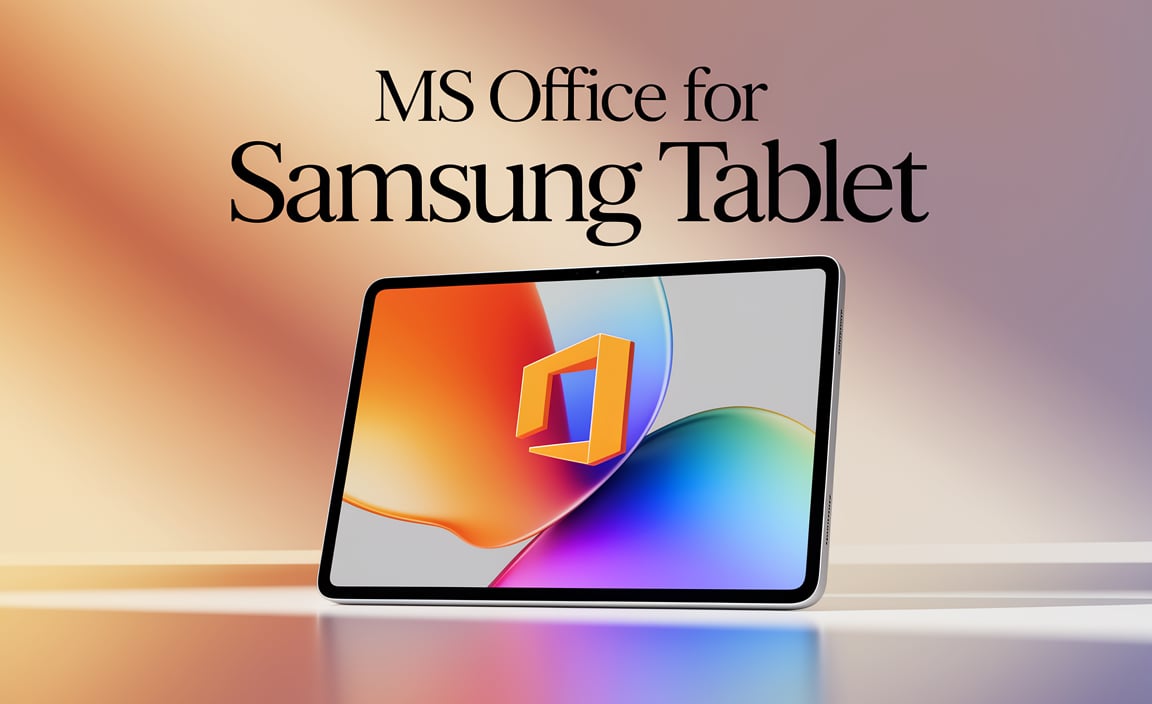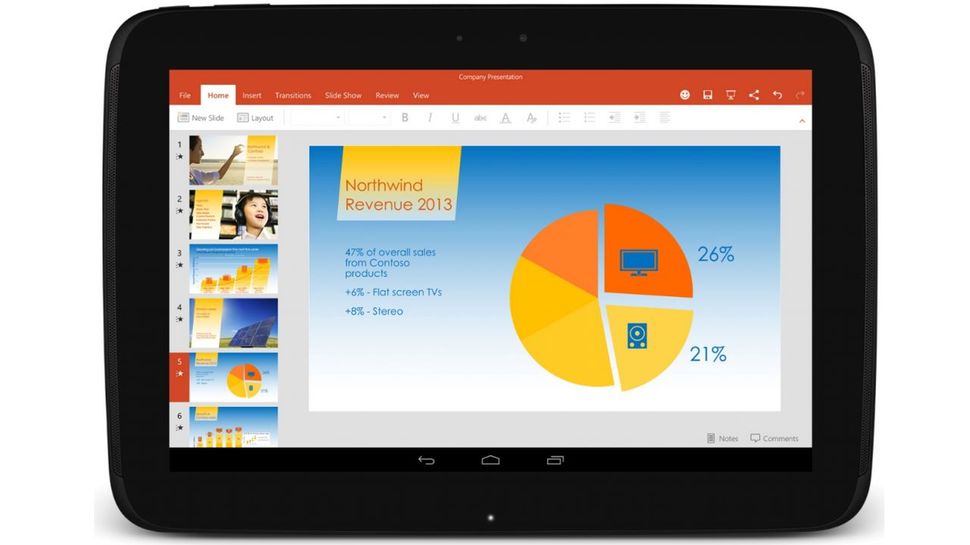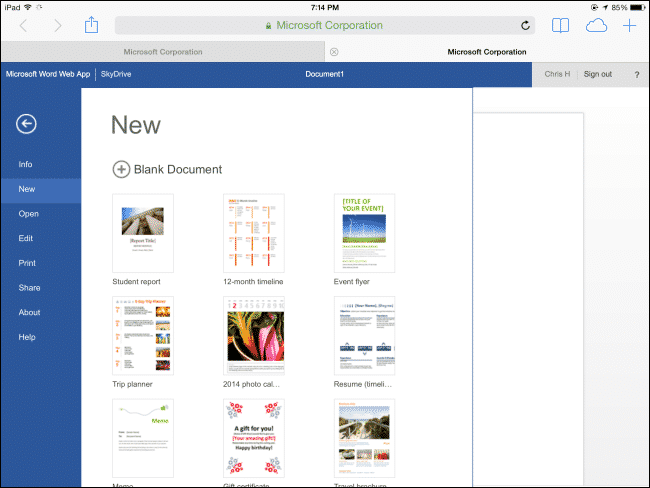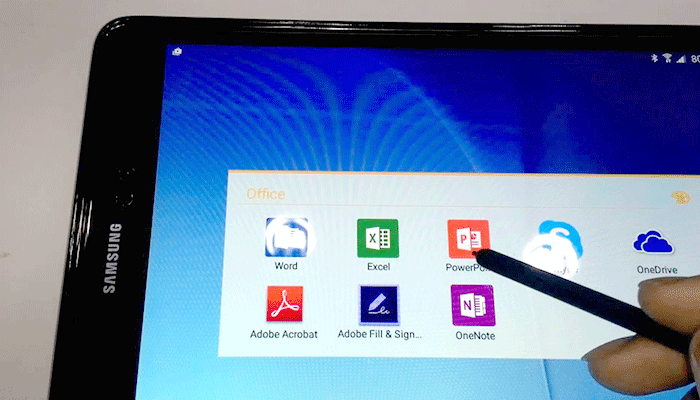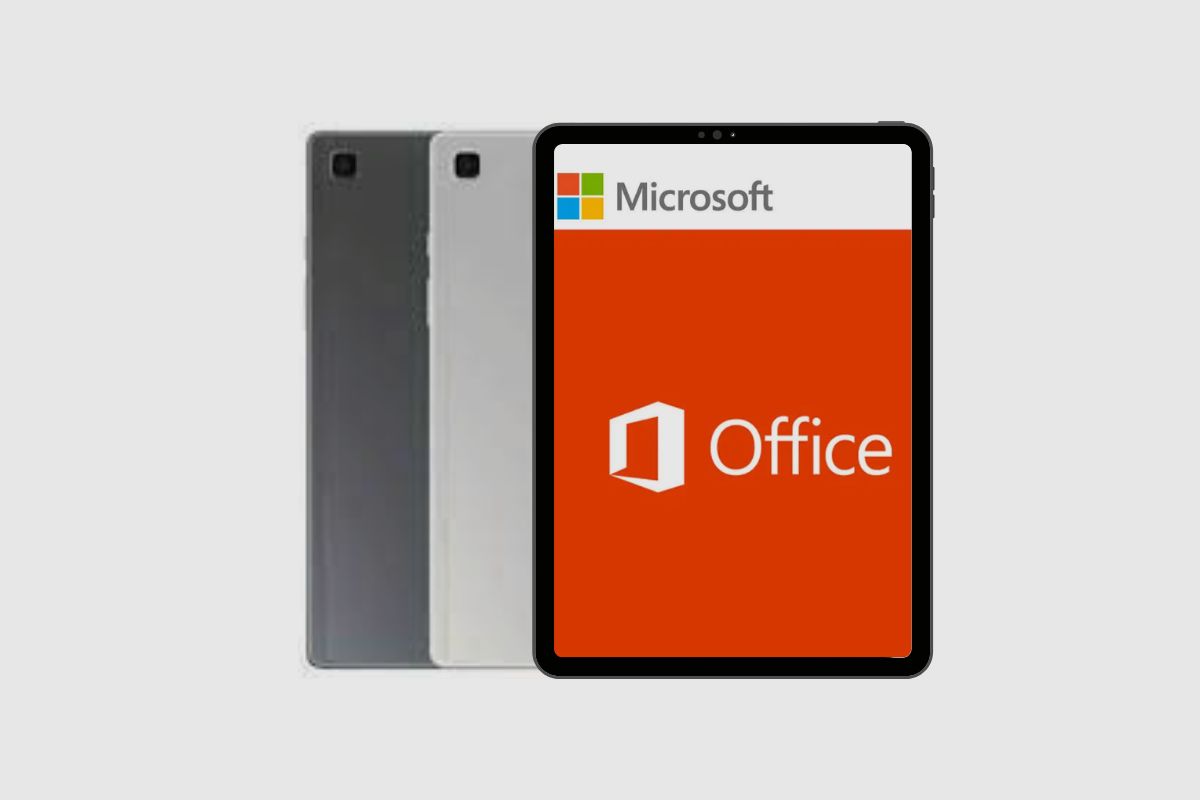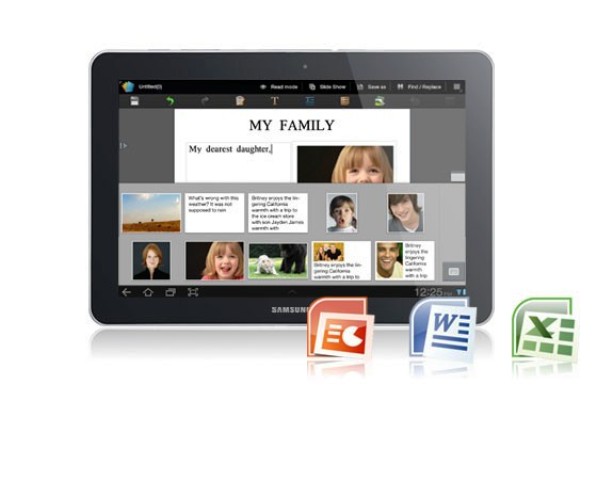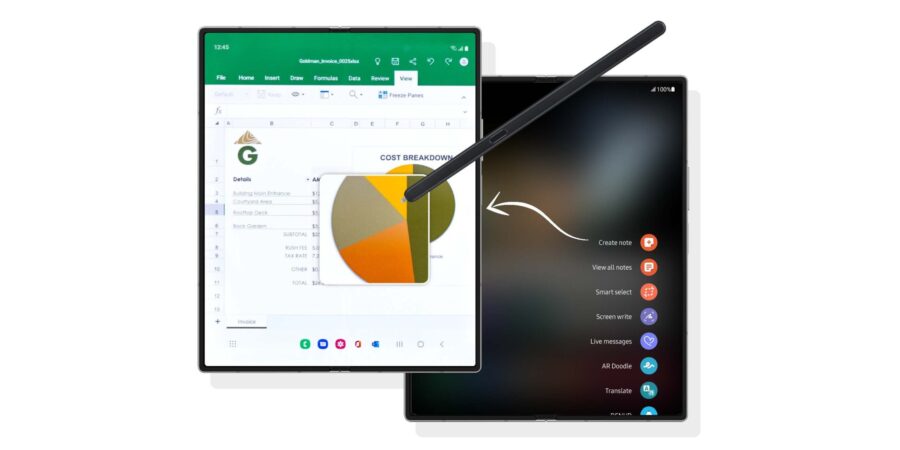Microsoft Office For Samsung Tablet

The lines between mobile productivity and traditional desktop applications continue to blur as Microsoft Office deepens its integration with Samsung tablets. This strategic alliance, initially forged years ago, is now bringing more advanced features and optimized experiences to users who demand seamless workflows across devices. But what does this collaboration truly mean for consumers and the broader productivity landscape?
The heart of the matter is the evolving nature of work. Users increasingly expect to create, edit, and collaborate on documents irrespective of their location or device. Microsoft's tailored Office suite for Samsung tablets aims to address this need by offering optimized versions of Word, Excel, PowerPoint, and Outlook that leverage the unique capabilities of Samsung's hardware, including the S Pen and DeX mode. This deep integration promises increased efficiency and a more intuitive user experience, but also raises questions about platform lock-in and competition in the mobile productivity space.
Enhanced Features and Optimized Performance
One of the key benefits of this partnership is the optimization of Office apps for Samsung's hardware. The S Pen integration, for example, allows for more precise note-taking, document annotation, and even slide presentation control directly within Office applications. The latency has been significantly reduced, which allows for the creation of digital art on Samsung's high-end tablets.
Furthermore, Samsung DeX mode transforms a tablet into a desktop-like environment when connected to an external monitor, keyboard, and mouse. With Office apps optimized for DeX, users can experience a more traditional desktop workflow on their tablets. The combination of the two features is compelling, particularly for those who travel frequently and need a portable productivity solution.
Integration with Samsung Services
The integration goes beyond mere app optimization. Microsoft is increasingly weaving Office apps with Samsung's proprietary services like Samsung Notes and Samsung Cloud. This allows for seamless document sharing and collaboration across platforms, further enhancing the user experience.
Moreover, users benefit from enhanced security features offered by Samsung Knox, providing an additional layer of protection for sensitive data stored within Office apps. This integrated approach underscores the symbiotic relationship between the two companies and their commitment to providing a secure and productive mobile environment. Samsung Knox allows enhanced data protection.
Competitive Landscape and User Perspectives
The collaboration between Microsoft and Samsung, while beneficial to users of Samsung tablets, has implications for the broader competitive landscape. The enhanced integration could potentially create a stronger ecosystem lock-in, making it more appealing for users to remain within the Samsung ecosystem. Google Workspace and other competitors may see a challenge to maintain their user base.
Some analysts have expressed concerns that the close relationship between Microsoft and Samsung could stifle innovation in the mobile productivity space.
"While the optimized experience is undoubtedly a positive for Samsung users, it's crucial to ensure that other platforms and competitors are not unfairly disadvantaged,"says Jane Doe, a technology analyst at Tech Insights. It is also important to note that the benefits might not be extended to Android devices from other manufacturers.
From a user perspective, the response has been largely positive. Many users have praised the enhanced productivity and seamless workflow enabled by the integrated Office apps on Samsung tablets. However, some users have also voiced concerns about the potential for increased reliance on proprietary services and the lack of cross-platform compatibility.
Looking Ahead
The future of Microsoft Office on Samsung tablets appears promising, with both companies committed to further enhancing the user experience. Expect to see more advanced features leveraging artificial intelligence, improved collaboration tools, and tighter integration with cloud services in the coming years.
The continued collaboration between Microsoft and Samsung signals a broader trend toward deeper integration between hardware and software, transforming how people work and collaborate on the move. As mobile devices become increasingly powerful, partnerships like this will be crucial in unlocking their full potential and shaping the future of productivity. The focus remains on a more streamlined and intuitive user experience.
